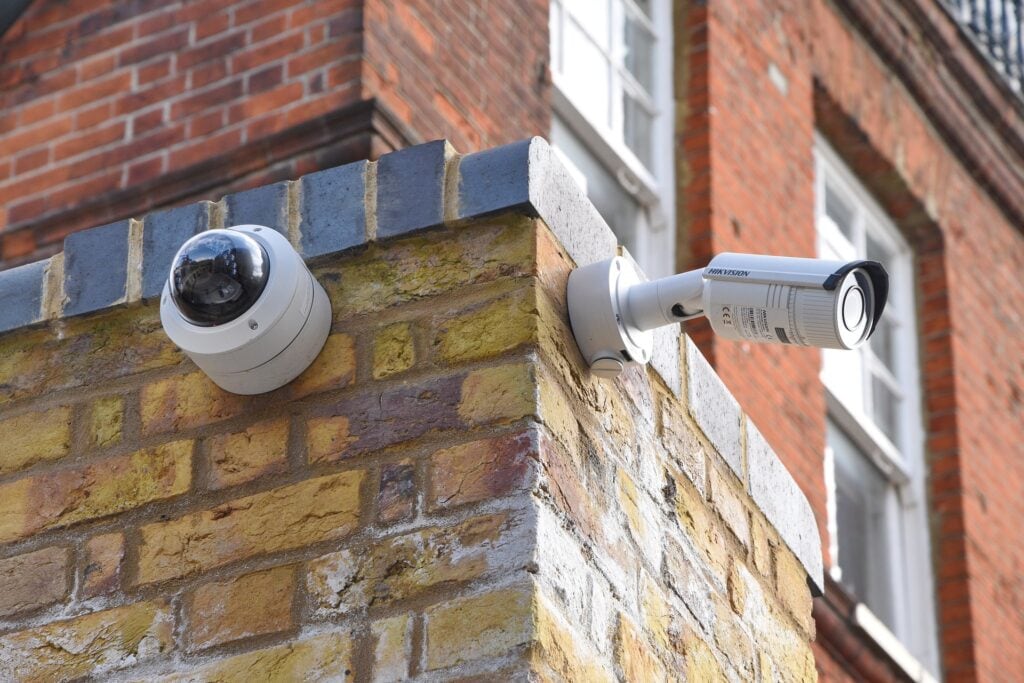Safety is often the primary concern of city dwellers. It’s one of the most important criteria for quality of life. Video protection, as we all know, is a major lever for improving security in a geographical area. It is reassuring for citizens, but it can also be criticized by those who see it as a device that goes against their right to privacy. In this article, we present the basics of video protection in the public domain.
What is video protection?

Videoprotection, or video surveillance, is a system of cameras used to remotely monitor a public or private space. These cameras can be found in streets, stores, public transport, offices and apartment buildings.
Should we say video protection or video surveillance?
In the public domain, these two terms mean the same thing. Nevertheless, the word video surveillance has a negative connotation. As a result, the term videoprotection is more widely used.
CNIL and video protection

In all cases, the installation of cameras is subject to prefectoral approval. Secondly, this online request enables the state to confirm compliance with the framework set by the CNIL.
What’s the point of video protection?
Citizen complaints about safety are numerous, and are often the primary concern. They directly affect local elected representatives or deputy mayors in charge of safety. There are many advantages to installing cameras in the heart of a city:
-
- Deterrent role
-
- Reducing incivilities
-
- Proof for handrails
-
- High return on investment
-
- Revitalizing the city center
Who is in charge of video surveillance in the city?

Video protection is a solution decided by an elected official or deputy mayor in charge of security. The camera network is supervised by the local police force. The municipal police director is responsible for implementing and managing the camera network. This can be done with the support of an Urban Supervision Center or CSU, which can have a director.
The manager in charge of implementing a video surveillance system in a community faces a number of challenges and responsibilities:
-
- Apply to the prefecture
-
- Finding the most suitable and effective solution
-
- Ensure long-term investment to enable implementation of complementary solutions.
To find out more about the role of a local elected official, we invite you to read our article on the subject.
Obtaining subsidies to install a video protection system
A project to install video protection may be eligible for subsidies from the départements, regions or thegovernment. In Paris, for example, a colossal system of over 1,000 cameras has been installed. To find out more, click here.
Video protection players
In the world of video protection, we need to distinguish between 4 types of player.
Camera manufacturers
These include players such as HIKVision, the world leader based in China.
Video Management Systems or VMS
The two world leaders are Genetec, a Canadian company, and Milestone Systems, a Danish company. These players manage the camera network via their VMS systems. They rely on networks of distributors and integrators to deploy their technologies.
Integrators and distributors
They bring technology to the city. This is the case for players such as Spie City Networks, Bouygues Energie et Services, Vinci, Eiffage Expercités and many others…
Additional services
A myriad of services and plug-ins are available to enhance the management of video protection systems.
Artificial intelligence and video protection

Artificial intelligence-based services make cameras even easier to use for a CSU. A number of start-ups have been specializing in these areas for some years now. These solutions are now tried and tested.
Safety services
Technology startups such as Neuroo and Two-i have developed artificial intelligence-based technologies to efficiently detect anomalies, crowds, hazards and fires. This makes it possible to
Parking management services
Cocoparks offers intelligent parking management by connecting to the city’s video protection cameras.


